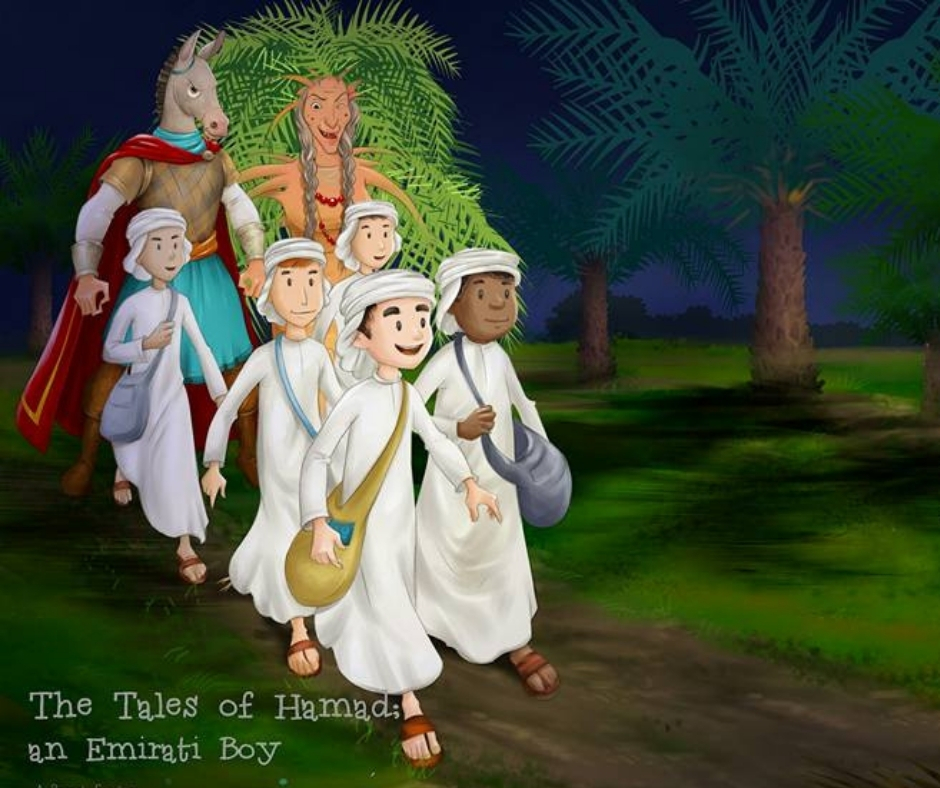Every culture has its own set of mythical creatures that have been memorialized through folklore tales. The Arabian Peninsula is no different, as the centuries-old revered tradition of oral storytelling has guaranteed that regional mythical creatures capture our attention for generations. These mythical creatures serve different purposes in folklore tales. Sometimes they present magic or supernatural powers that are fertile ground for creative entertainment. Other times, they represent the “forbidden” that humans and morality must avoid. This is usually used to make sense of the world around us and convey lessons. Last but not least, they invoke fear as they are the unknown and unpredictable characters that present a threat to the protagonist’s life.

It is noteworthy that the features of the mythical creatures usually reflect the environment of the communities where they originated. I will illustrate this with two legendary creatures in the UAE and neighboring countries.
- Fishing Villages and Pearl Diving Communities
People who were close to the coastline lived in villages where their livelihood came from fishing and diving for pearls. The sea was a major part of their life and therefore you can suspect that their mythical creatures will be influenced by that. From there comes the legendary creature, Bu Darya or Baba Darya, which means “the Father of the Sea”. He is a water demon who attacks pearl divers to steal their hard-earned pearls or even worse, drags sleeping fishermen off their ships to eat them.
- Oasis Villages and Date Farm Communities
People who lived inland and had access to water created an irrigation system called ‘Falaj’ and grew dates on farms. The date farms were a major part of their life and therefore you can suspect that their mythical creatures will be influenced by that. From there comes the legendary creature, Umm Al Sa’af, which means “the Mother of Palm Leaves”. She was believed to live on the top of palm trees and therefore had similar features to its branches to blend in. Parents used to scare children with Umm Al Sa’af telling them that she would attack them if they stayed out late or walked too far from home. Parents would do that to keep children safe in those days.
In my book, “The Ghosts of Gergi’an”, I utilized some of these mythical creatures in a story set against the hundreds-year old tradition of “Gergi’an” which is also known as “Hag Al Laila”. Children celebrate the arrival of Ramadan two weeks in advance by taking to the streets of their neighborhoods knocking on doors and calling out ‘Atoona Hag Al Laila”, which means “Give us sweets for tonight”. When the children in the story venture off too far, they come across these mythical creatures and the story unfolds from there.
Do you have a favorite legendary or mythical character? Tell us about it.

